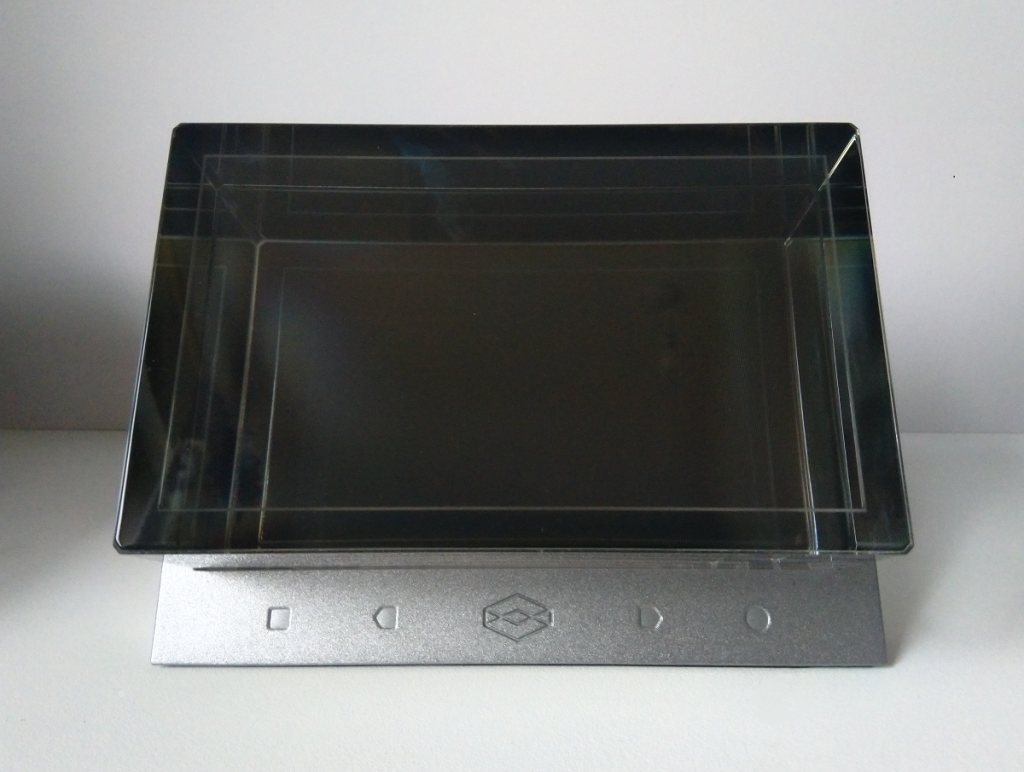After experiencing COVID-19 severely, I will be looking at PTSD, particularly the thoughts and emotions that bypass our consciousness during times of trauma. Those thoughts and emotions are trapped in a box, and triggers spark their release.
So many people suffer in silence with PTSD, and what I hope to do is give a glimpse into what happens and how it affects the brain. Sadly, many people are going to suffer from PTSD caused directly or indirectly by COVID-19.
Writing is an integral part of my practice, and I will be using this, along with therapy, as a therapeutic tool to connect with the thoughts and feelings I have repressed during my recent traumatic experience. This will help me reconnect and work through and process my own trauma.
Initial Visual Thought
During a therapy session last year, I couldn’t vocally say the words that I knew were there. I couldn’t say how I felt. They’d been repressed for decades.
I explained to my therapist that I had a visual image of the words gently moving in a huge block of glass. It was like a monolith. The words were contained in the glass. My therapist responded by saying, the glass is transparent, so the words are not hidden.
This came to mind when I thought about my recent traumatic experience, which resulted in me developing PTSD again. I need to simulate a trigger that causes the display to become volatile.
The Looking Glass – 3D Holographic Display
Using such a large block of glass as I imagined would be practically and financially unviable. Scaling it down I feel the ideal medium is The Looking Glass, which is a 3D holographic display. It looks like a block of glass, it can display a 3D visuals and it can be interactive as well. It has all the elements I would need.


The 3D visuals would result from the thoughts and feelings that arise from therapy and writing. The words could be floating or moving gently within the glass.
A trigger is anything that reminds the person and the brain of the trauma experienced, and it can be something that is completely unrelated. The trigger can be a person, situation, thing or event, which causes the person to experience the same level of emotions, such as fear and distress, as they did during the time of the trauma.
They are immediately transported back in time to the trauma and forced to relive it with all the raw emotions. During that moment it feels real, as if it is happening in the present.
All these things have been repressed and contained in that box/part of the brain. The brain hasn’t been able to process the trauma so all the thoughts and feelings connected with the trauma are stuck or frozen in that moment in time.
Since triggers are an external factor, I feel the ideal way to express this is by using the interactive element of the looking glass. Thinking about the current social distancing measures, I would need to use a sensor that doesn’t require the viewer to touch the display screen. For example, if someone comes too close to it, it could cause the display to become volatile. It has been triggered by that person.